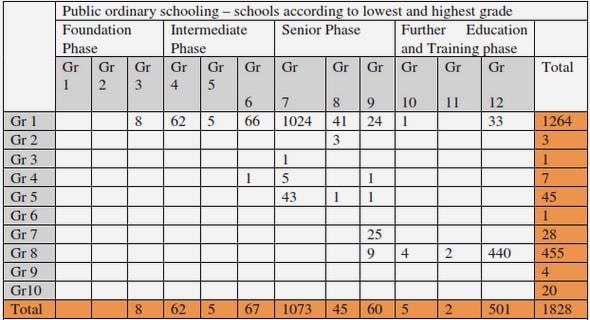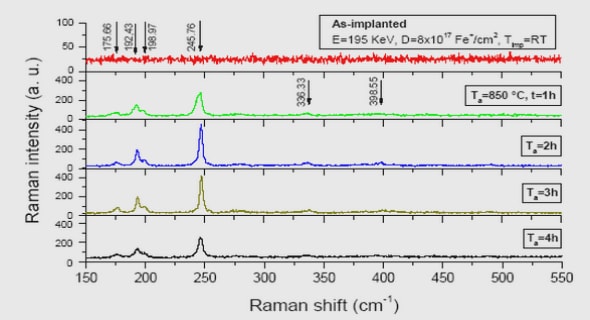Get Complete Project Material File(s) Now! »
General introduction
Leaf analysis is a nutritional ‘tool’ that is successfully used in a number of agricultural industries around the world. In particular, the sugar industries of countries such as South Africa, Brazil and Mauritius have recognised the value of foliar testing as a means of better managing and targeting nutrient inputs. Growers in the South African sugar industry, for instance, are encouraged to regularly leaf sample their ratoon sugarcane crops, as a means of checking on the adequacy of fertiliser recommendations based on soil samples collected prior to the establishment of plant cane. In other countries, such as Australia, there has been a resurgence in interest in leaf analysis as a means of managing and/or monitoring nutrients in sugarcane, particularly due to a perceived over-application ofN and P, and possible underapplication of K. Irrespective of the level of utilisation of leaf analysis in the different sugar industries, much effort has over the years been directed towards establishing, developing and/or confirming suitable critical (or threshold) values for use with sugarcane.
However, one specific aspect of leaf analysis that has consistently been problematic is the effect of drought stress on nutrient concentrations in plant tissue. Although it has long been recognised that moisture stress affects the nutrient content of sugarcane leaves, there is no evidence to suggest that this effect has been comprehensively investigated under controlled conditions. As such, little quantitative data is available on which to base interpretation guidelines for dealing with leaf analysis data affected by moisture stress, although some attempts have been made to use surrogates, such as nutrient ratios, for this purpose. In addition, the absence of a simple yet robust moisture stress index for use with leaf analysis in sugarcane has continued to hamper the meaningful interpretation of leaf analysis data.
In view of the above, this investigation was aimed at assessing leaf analysis as a tool for continued use in sugarcane production and then to assess the major nutrient content of sugarcane under moisture stress conditions. This would ultimately enable the development of suitable guidelines and a moisture stress indicator to ensure better interpretation of leaf analysis data that may be affected by moisture stress.
1. Leaf analysis: A review of its development and use with sugarcane.
1.1. Introduction
1.2. Critical (threshold) values for diagnostic purposes
1.3. Leaf sampling and factors influencing leaf analysis
1.3.1. Crop age
1.3.2. Season
1.3.3. Variety
1.3.4. Moisture stress
1.3.5 . Prerequisites for leaf sampling
1.3.6. Sample collection
1.4. Leaf analysis: advances in interpretation and uses for advisory and nutrient trend purpo
1.4.1. Modified critical (threshold) values
1.4.2. Diagnosis and Recommendation Integrated System (DRIS) indices
1.4.3. Crop logging
1.4.4. CSR leaf testing service
1.4.5. SASEX whole cycle fertiliser advice
1.4.6. Nutrientsurveys
1.5. Conclusions
2. Leaf nutrient values as affected by moisture stress – evidence from the 20 industry.
2.1. Introduction
2.2. Materials and methods
2.2.1. Examples to illustrate the possible effect of moisture stress on leaf analysis data
2.2.2. Case study 1 (To determine the effect of moisture stress on leaf nutrient values on a whole -farm basis)
2.2.3. Case study 2 (To determine whether the effect of moisture stress on leaf nutrient values (on a whole-farm basis) was related to broad soil type and/or variety
2.3. Results and discussion
2.3.1 . Example 1 (Sampling during possible moisture stress conditions and again once the moisture stress conditions had dissipated)
2.3.2. Example 2 (Sampling adjacent fields where moisture stress effects were different)
2.3.3. Example 3 (using data at the regional level)
2.3.4. Case studies 1 and 2
2.4. Conclusions
3. The interaction between moisture stress, plant growth and the nitrogen content of sugarcane.
3.1 Introductio
3.2 Materials and methods
3.2.1. Experimental design
3.2.2. Experimental details
3.3 Results and discussion
3.3.1. Effect of moisture stress on plant growth
3.3.2. Effect of moisture stress on dry matter proTEction and LAI
3.3 .3. Effect of moisture stress on plant N
3.4 Conclusions
4. Leaf N values as affected by nitrogen application rate and moisture stress.
4.1 Introduction
4.2 Procedure
4.2.1. Experimental design
4.2.2. Experimental details
4.3 Results and discussion
4.3 .1. Effect of moisture stress on soil moisture content and LAI
4.3.2. Dry matter production as influenced by moisture stress and N application
4.3.3. The interactive effect ofN application rate and moisture stress on the N content of the partitioned plants
4.3.4. The interactive effect ofN application rate and moisture stress on the third leaf N(%) values
4.4 Conclusions
5. The interaction between the other primary macro-nutrients (P and K) and moisture stress.
5.1 Introduction
5.2 Materials and methods
5.3 Results and discussion
5.3 .1. Effect of moisture stress on plant P (Trial 1)
5.3.2. Effect of moisture stress on plant P (Trial 2)
5.3.3. Effect of moisture stress on plant K (Trial 1)
5.3.4. Effect of moisture stress on plant K (Trial 2)
5.4 Conclusions
6. The interaction between moisture stre and the macro-nutrient (N, P and K) content of three different sugarcane varieties.
7. The assessment of some moisture stress indicators for improved interpretation of leaf analysis data in sugarcane.
7.1. Introduction
7.2. Procedure
7.3. Results and discussion
7.4. Conclusions
Overall discussion and conclusions
List of colour photographic plates
List of references
List of appendices
Supplement to the thesis


